To Austria from Christmas and beyond. Day 5. And Vienna again. Attraction to the beautiful. Part 2

Day Two. The outskirts of Vienna and a few more fairs. Part 1
Day Two. The outskirts of Vienna and a few more fairs. Part 2
Day Three. Linz. Travel by double-decker train. Part 1
Day Three. Linz. Travel by double-decker train. Part 2
День fourth. Graz. And finally the first snow. Part 1
Day Four. Graz. And finally the first snow. Part 2
Day Five. And Vienna again. Attraction to the beautiful. Part 1
Day five. Vienna again. Attraction to the beautiful. Part 2
So, another visit to the Museum of Fine Arts took place.
Not completely satisfied, but quite satisfied, we go to Maria Theresa Square. And here, you will not believe)), another Christmas village.
Despite the weekdays, there are a lot of people here:
There is also a concert of a local celebrity in full swing, which makes it very difficult to get to Sisi's favorite elephant.
But the taste of mulled wine is not affected, so we put a cup on the face to maintain tone, accompanying this meal is not traditional sausages, but a kind of French fries with garlic sauce. : ))
And then past the Hofburg in the evening ...
smoothly move to the fair in St.
Michael (), with the big name Imperial and Royal Christmas Bazaar , although, in my opinion, it is the smallest and most modest fair of all that we have seen on this trip. ; )
But, to be honest, I'm not even interested in the fair itself, but in the fact that on Michaelerplatz, which we have visited countless times, it turns out (!!! ) is Church of St. Michael (Michaelerkirche) - parish church, which was built in the early XIII century. at the expense of the Duke of Babenberg Leopold VI and was intended to serve the Hofburg Palace and living on the outskirts of the townspeople. From 1288 it is mentioned among the three parish churches of Vienna, next to Stephansdom and the previously mentioned Scottish monastery.
In fact, in honor of its area and got its name around 1850.
The first mention of the church, as I said, dates back to the XIII century. And since then, despite all subsequent reconstructions, it has preserved its Gothic bell tower, topped by a spire.
Some frescoes have survived inside the church since then, but their level of security is unfortunately much lower than in the bell tower.
And in general, the oldest part of the church and its monuments are located to the left of the entrance. As, for example, the so-called Romanesque gate, dating back to 1220, when, in fact, the construction of the church began.
It is clear that in the course of numerous reconstructions the interior decoration of the church has been repeatedly transformed and can boast not only ancient frescoes. There are many separate altars and chapels.
Here, for example, is the Werdenberg Chapel, designed in 1627 for the family of the Counts of Werdenberg:
Here is how the chapel of Venus, which was in a terrible state and was recently restored in 2005-2006, having been magnificently decorated with Baroque stucco and frescoes, acquired its historical appearance in 1640.
Substantial reconstruction in the late XVIII century. suffered and the altar, which is now called the last manifestation of the Viennese Baroque. It was founded in 1781 by Jean-Baptiste de Avrange and is a sculptural group "Battle of Archangel Michael with the resurrected angels. "
It is decorated with a Byzantine icon of the Blessed Virgin, which belongs to the Cretan school. The icon is considered miraculous.
The magnificent organ, considered to be the largest baroque organ in Austria, was established in 1714, and on December 10.1791.
it was on it that the first two parts of the Requiem were performed in memory of Wolfgang Amadeus Mozart. And now, as I understand it, this work is performed here on the same day every year in memory of the great composer.
In general, as you can see from the large number of letters, Michaelerkirche made a strong impression on me and is worth a visit. Moreover, tours of the church are held at certain times, the schedule of which can be found on the official website.
And to admire the richness of the interior during the day will not be superfluous, because the lighting (or rather, its almost complete absence in the evening) added atmosphere to our visit, but did not allow us to consider the details. : )
And we move to the next Christmas fair quite deserted in this part of the streets of the Old Town.
And they take us to another huge Gothic building - Minorite Church ( Minoritenkirche > ) , built in Vienna in the late fourteenth century.
We used to be inside, but this time we can't deny ourselves the pleasure of re-admiring the mosaic copy of The Last Supper, created by Giacomo Raphael in 1805-1814 by order of Napoleon.
However, at the time of Napoleon's work, the mosaic was no longer available, so his father-in-law Franz II, the last emperor of the Holy Roman Empire, who ruled Austria, Bohemia and Hungary under the name of Franz I, paid for the work and became the owner of the mural. to the Belvedere, but due to its huge size it was not possible to move it to the Belvedere, and it ended up in the Minoritenkirch.
It is believed that the Last Supper is best viewed standing next to the worn fresco of St. Francis of Assisi, which is one of the surviving fragments of the former Baroque interior. : )
By the way, it is believed that the first nativity scene was built by Francis of Assisi. I do not know what this historical artifact looked like, but the nativity scene in the Minoritenkirche makes a decent impression.
It is, of course, slightly smaller than the largest nativity scene in Austria, which we see in the New Linz Cathedral, but not much. And already on filling with characters in general surpasses it.
And I came across information that the figures on this nativity scene can move, but we could not see for ourselves.
We leave the Minoritenkirche and continue our march to the Town Hall, where the main Christmas market of Vienna and all of Austria awaits us - Christ's Infant Bazaar (Christkindlmarkt) . And when we go out through the Burgtheater and see something like this ...
...then we begin to understand why so many people want to go to Christmas markets. Because this holiday is pure!
And it doesn't matter that it's warm outside and the snowmen around are just artificial. You somehow completely forget about it when you consider "The Way of Nativity Scenes" (and even to special music for each individual nativity scene), where this time the works of Italian masters are located.
Or you try to make your way to the photo area near Herzelbaum - a tree of 200 hearts, which has been decorated near the Town Hall in honor of Advent for more than a year.
Of course, there are mandatory souvenir stalls ...
and a huge beautiful Christmas tree, which, however, is a bit lost against the background of the same beautiful town hall ...
...and a skating rink decorated with colorful illumination ...
...and, of course, the obligatory mulled wine.
As I said, I'm glad we got to the end of our trip because it was the logical conclusion and the highlight of our entire Christmas trip. : )
Day six. Farewell
Actually, I could finish my story on the fifth day, because the sixth day was not marked by anything remarkable. But since we only had the plane in the afternoon, we decided to dedicate a few hours of the morning to a trip to the center. Of course, to St. Stephen's Cathedral ( Stephansdom ).
Probably, this is the most famous monument of Vienna, I would say - its symbol. And we have been here many times and viewed from different angles. And today we intend to climb its North Tower (South, higher, we have climbed before).
And to do this, in contrast to the South, where we climbed countless steps, and to be precise, the 343rd can only be done by elevator, which is slightly disappointing. But the elevator looks a bit extreme, so you're even kind of happy when you're upstairs.
But the North Tower boasts its bell - the New Pummerin, installed here in 1957 instead of the old one, destroyed in 1945 during the bombing.
It rings only 11 times a year, unlike the bells of the South Tower, which are electrically powered and ring daily. And Pummerin is considered the second largest bell in Europe after the bell of Cologne Cathedral.
Unfortunately, the weather today is gloomy, and even a few snowflakes are flickering in the air, so the views of Vienna below are slightly foggy, but no less beautiful.
Instead, from the North Tower you can see in detail the tiled roof of the cathedral ...
...and the eagles of the imperial and royal court laid out on it.
The area in front of the cathedral is still quite deserted - now a lazy tourist left, in no hurry to wake up. ; )))
We go back to the cathedral. I will not retell his well-known story, nor list what you can see here. If it's good, you should spend at least half an afternoon on Stephansdom to see all its inner beauty, go down to the catacombs, climb both towers. But in any case, even if you go here to the part that is open for free access, you can still see how beautiful it is.
And huge! : ))
And our time, like Cinderella's, is coming to an end ...It will be enough just to reach another symbol of Vienna - the Opera House.
At the same time, for some time passing on Kä rntnerstrasse, accidentally (!!!
) we notice the Maltese Church of St. John the Baptist ( Malteserkirche ).
That's all Vienna - you can visit here many times and still discover something new and unnoticed! And it is guaranteed to be no less beautiful and interesting than what you have already seen here.
And in general, both Vienna and the whole of Austria seems to me a kind of holiday tied with a holiday ribbon, the very sight of which causes you to delight, and about the content and say nothing!
Probably, this is another reason why I just adore her and do not get tired of declaring my love for her! And let the Christmas, after which I went to Austria, was not felt everywhere, but the country itself did not disappoint us! And I want to come back here again! : )
And at the end of my story I want to thank everyone who read and supported me in the process of writing it! Thank you for the meeting in Vienna! : )))
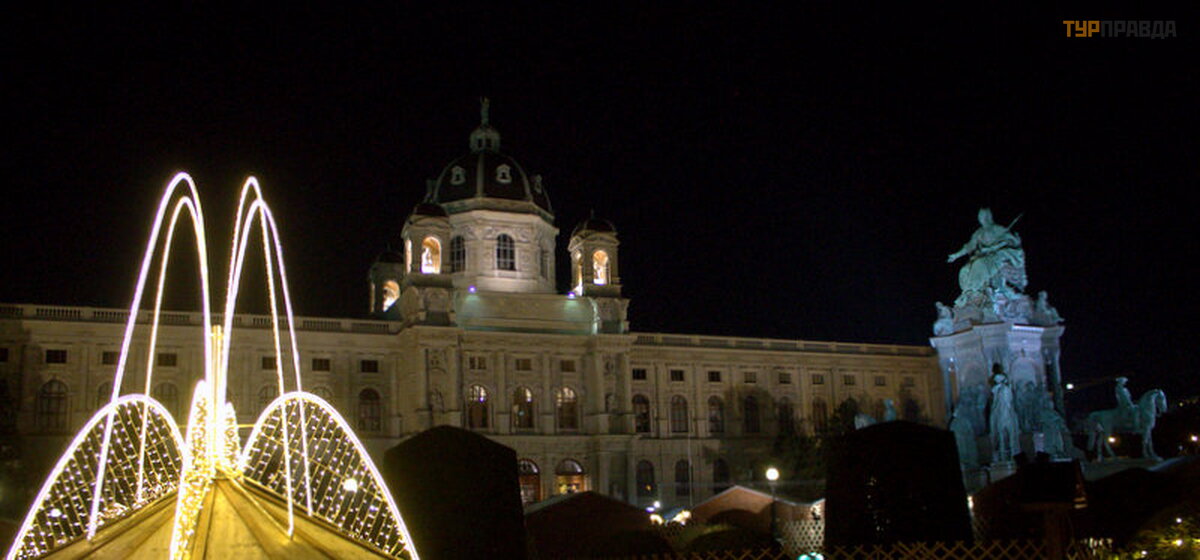


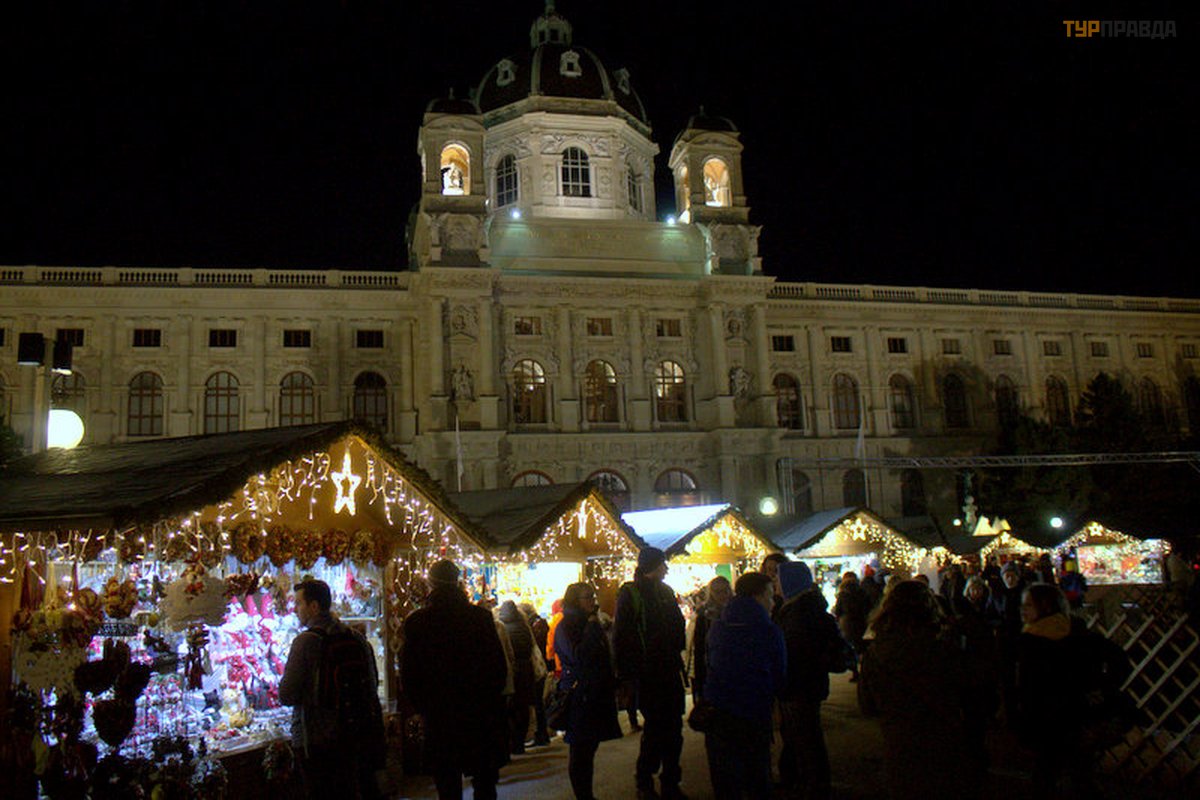

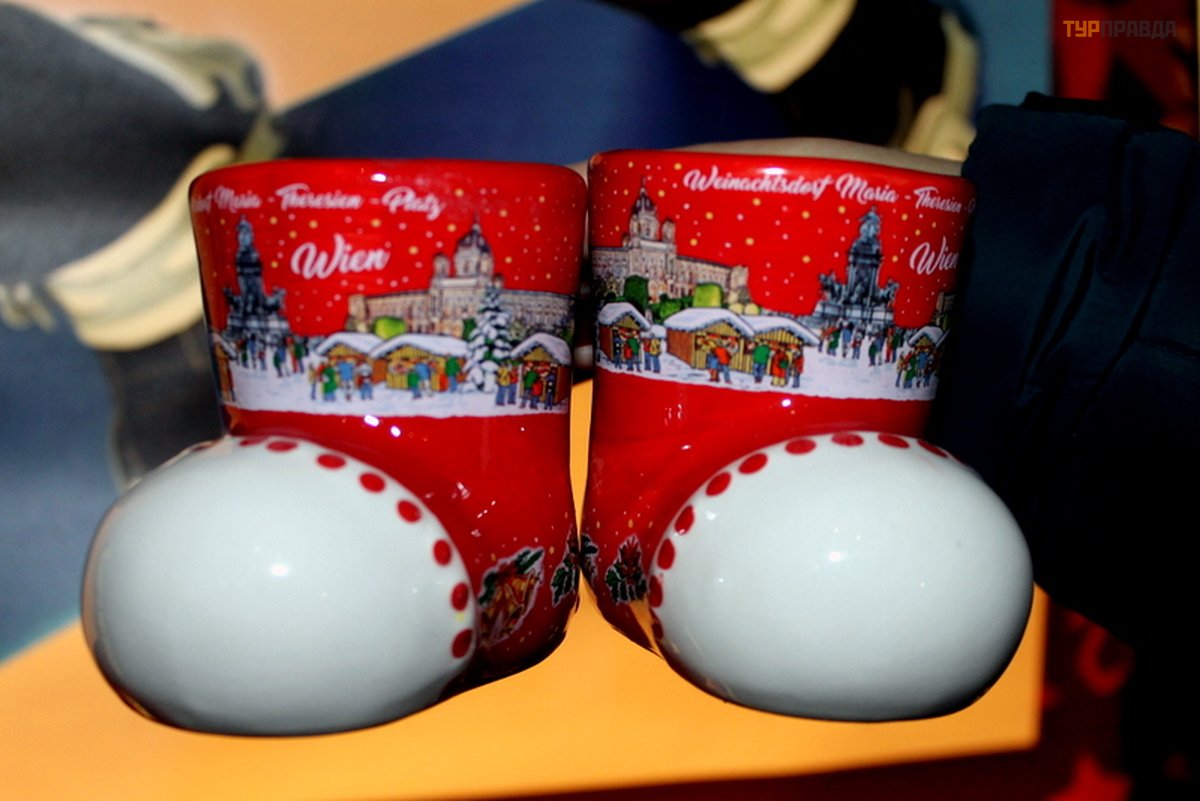



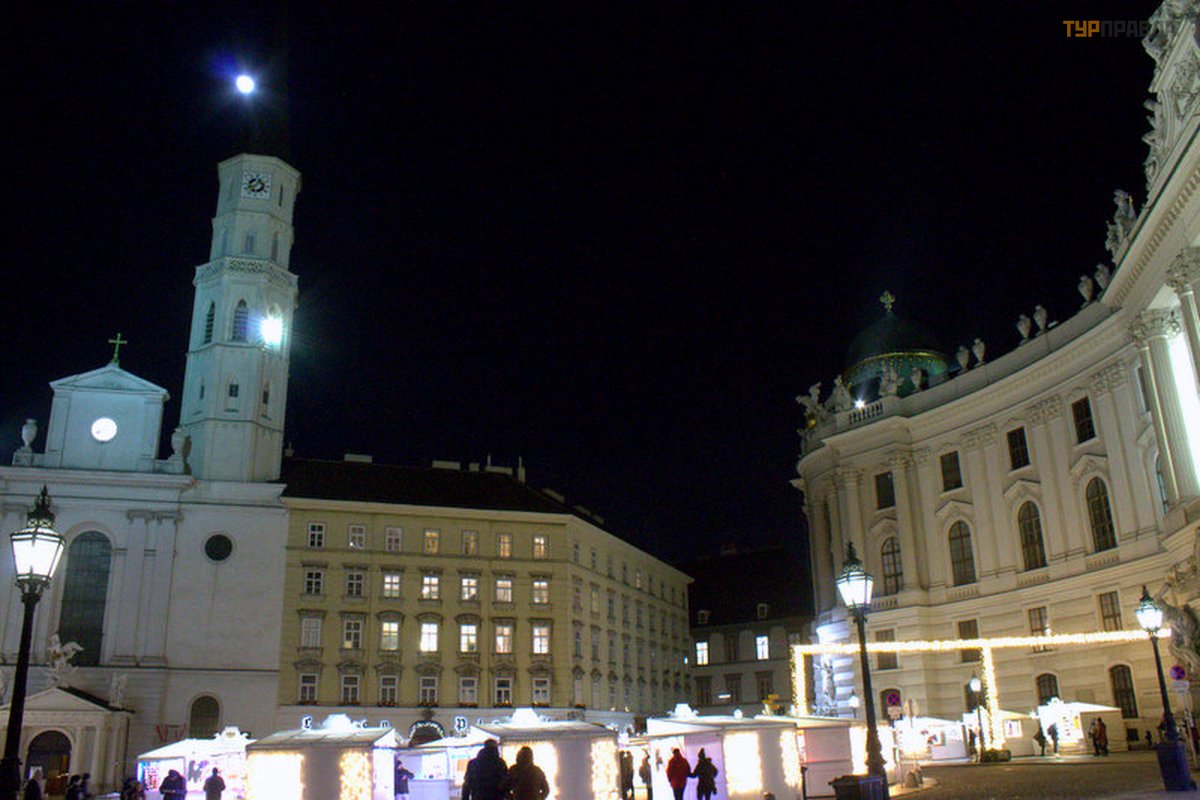





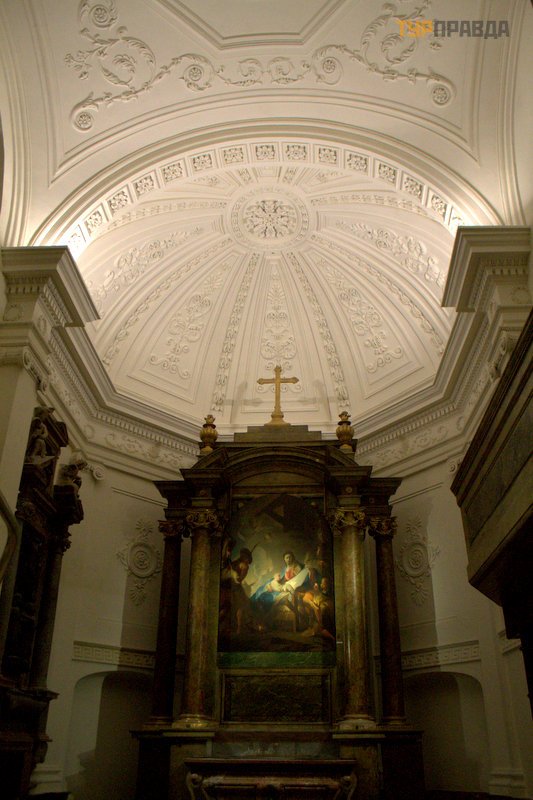
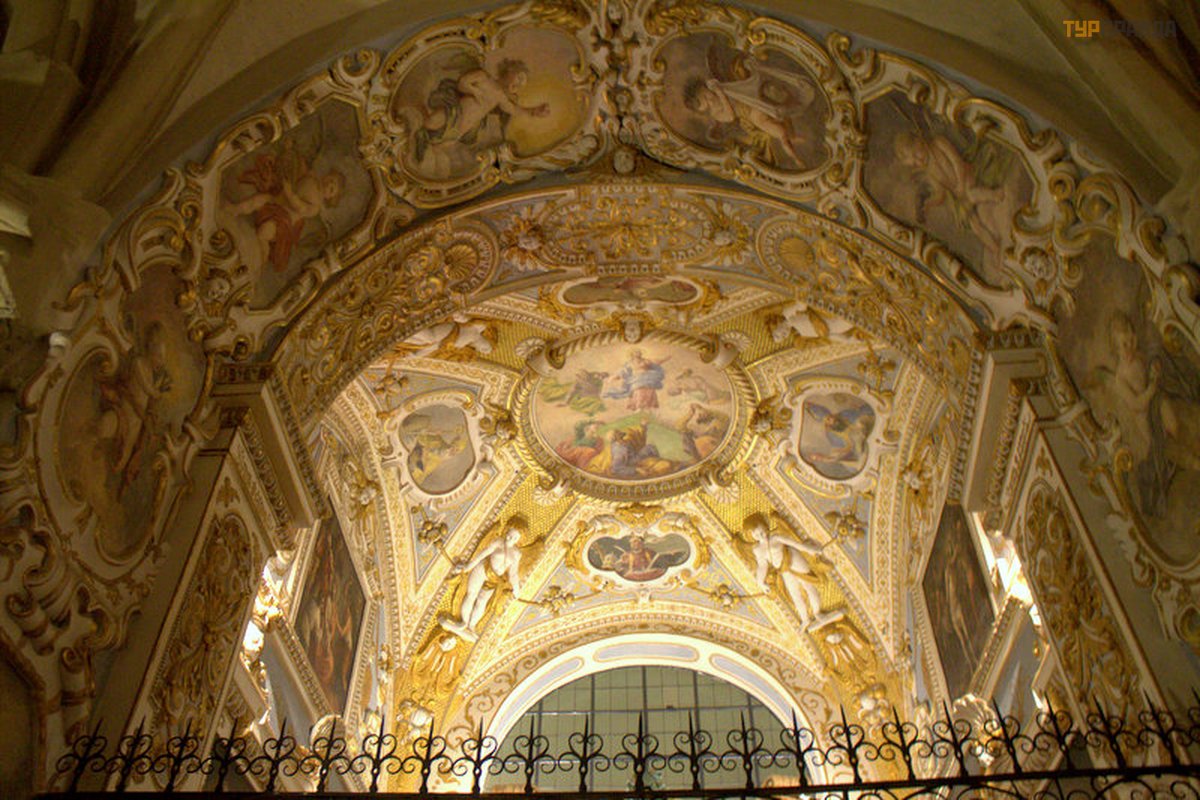





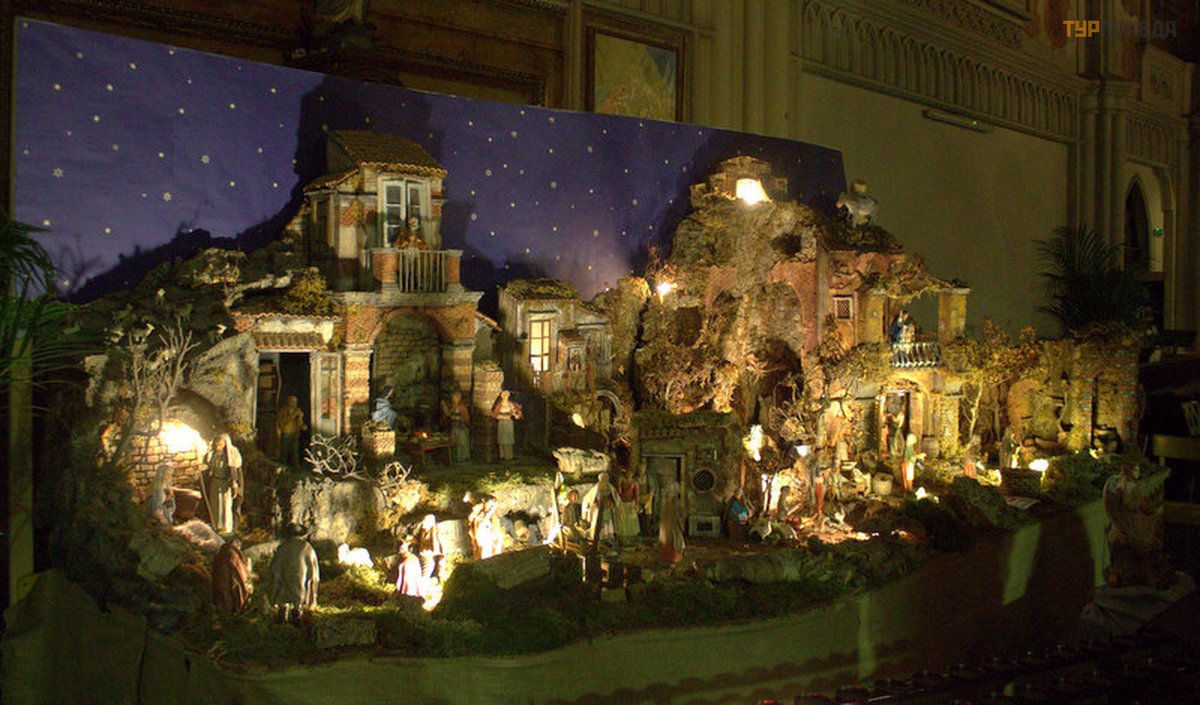




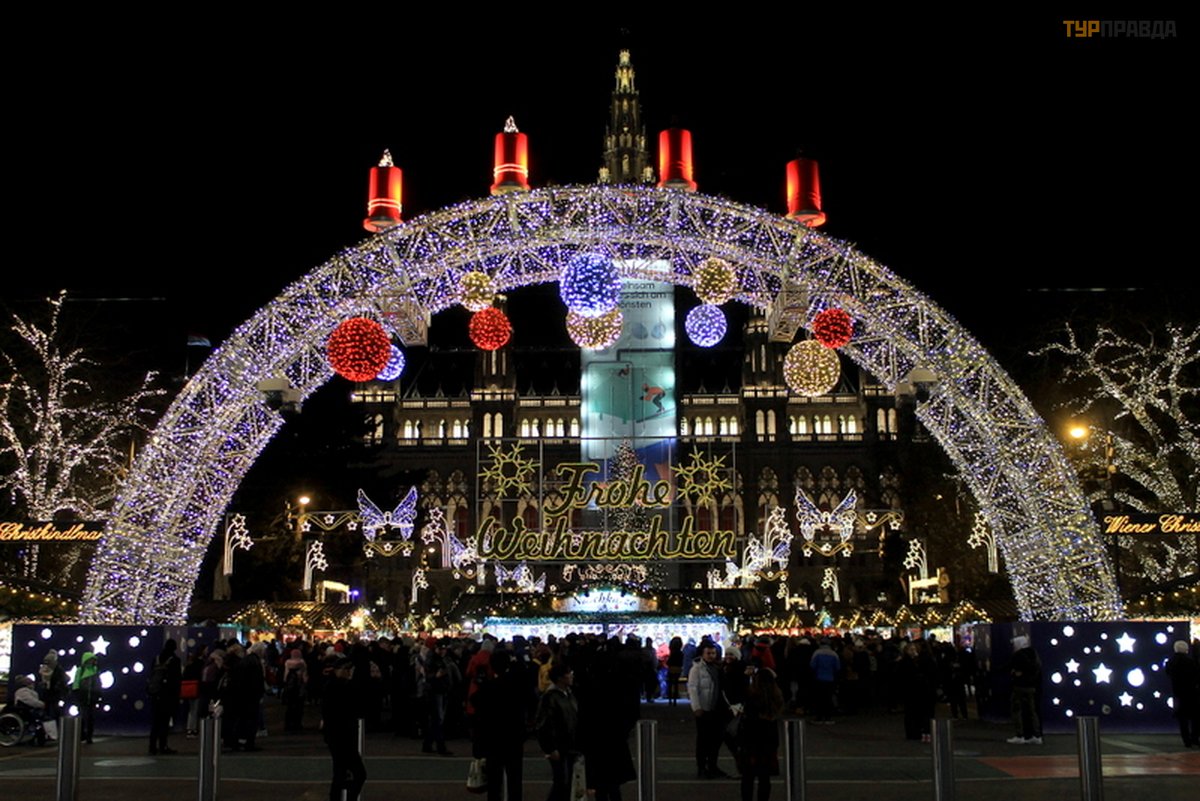

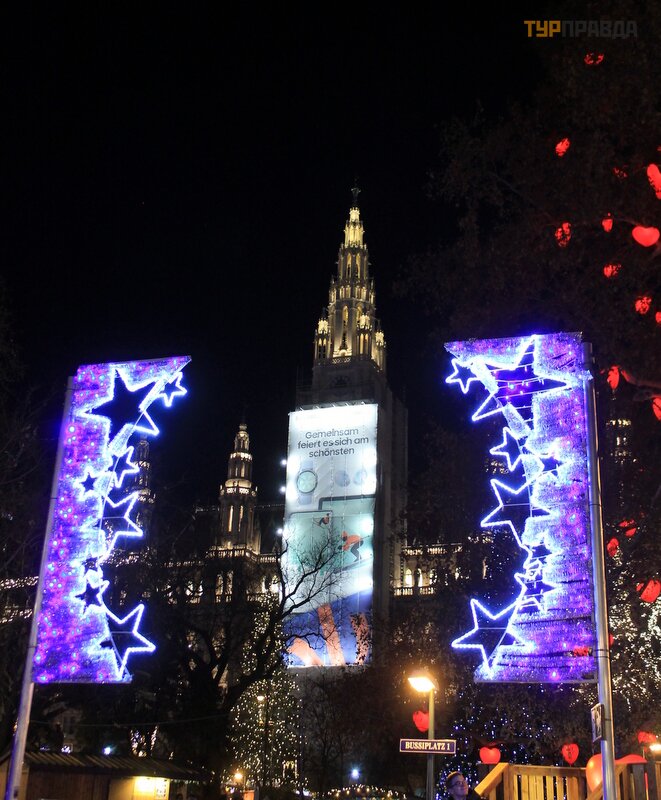
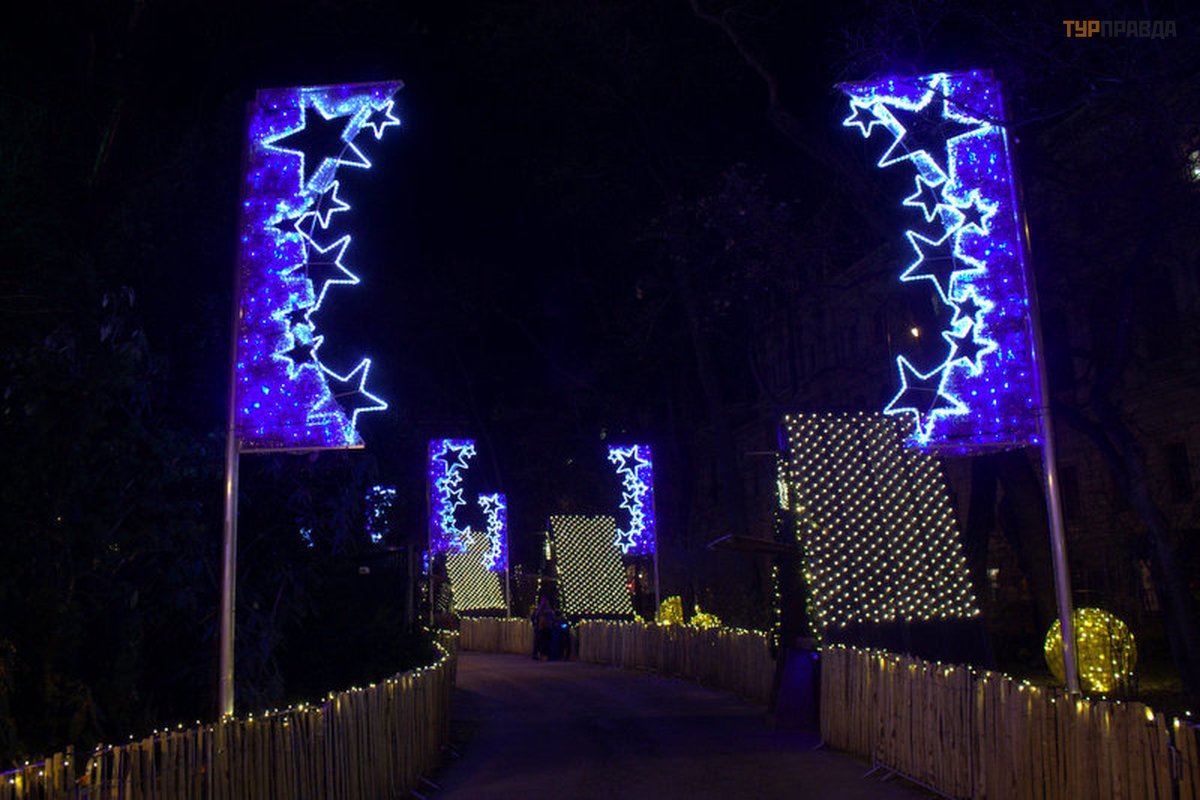


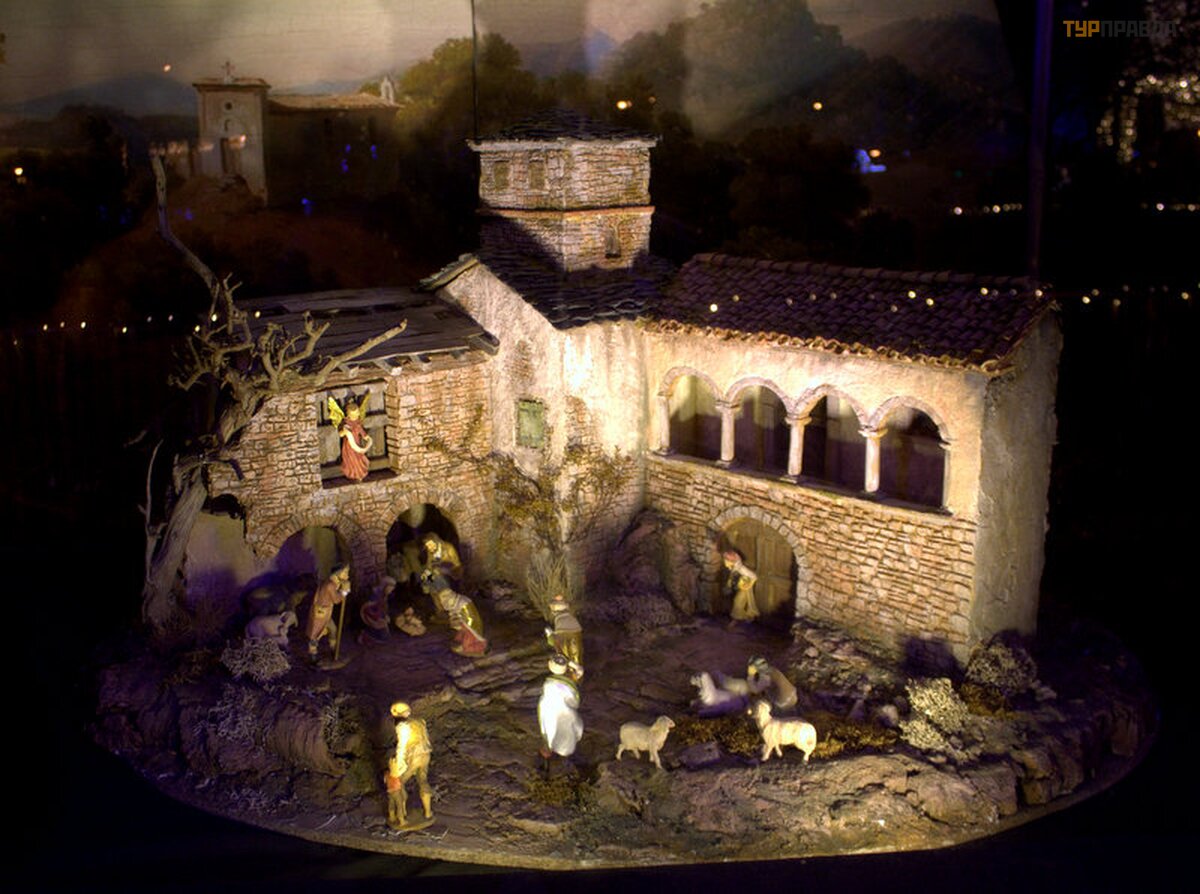
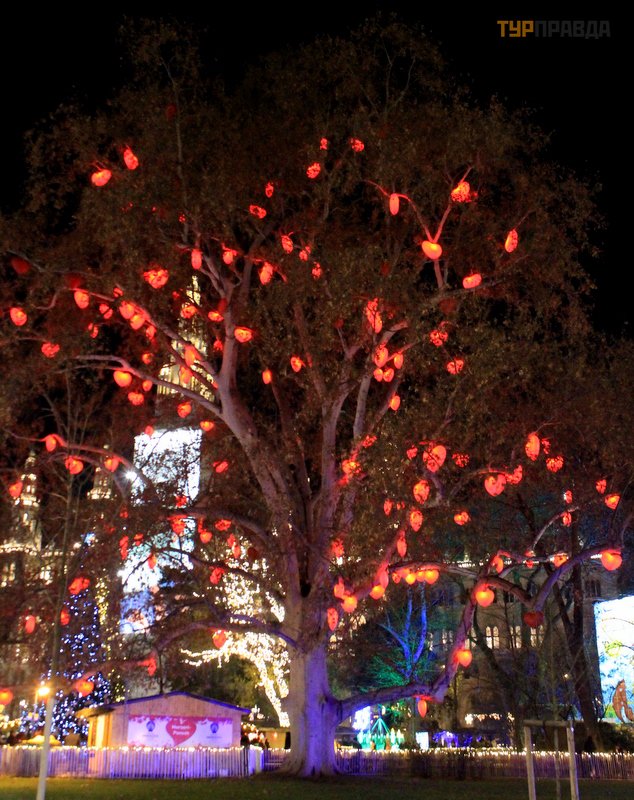
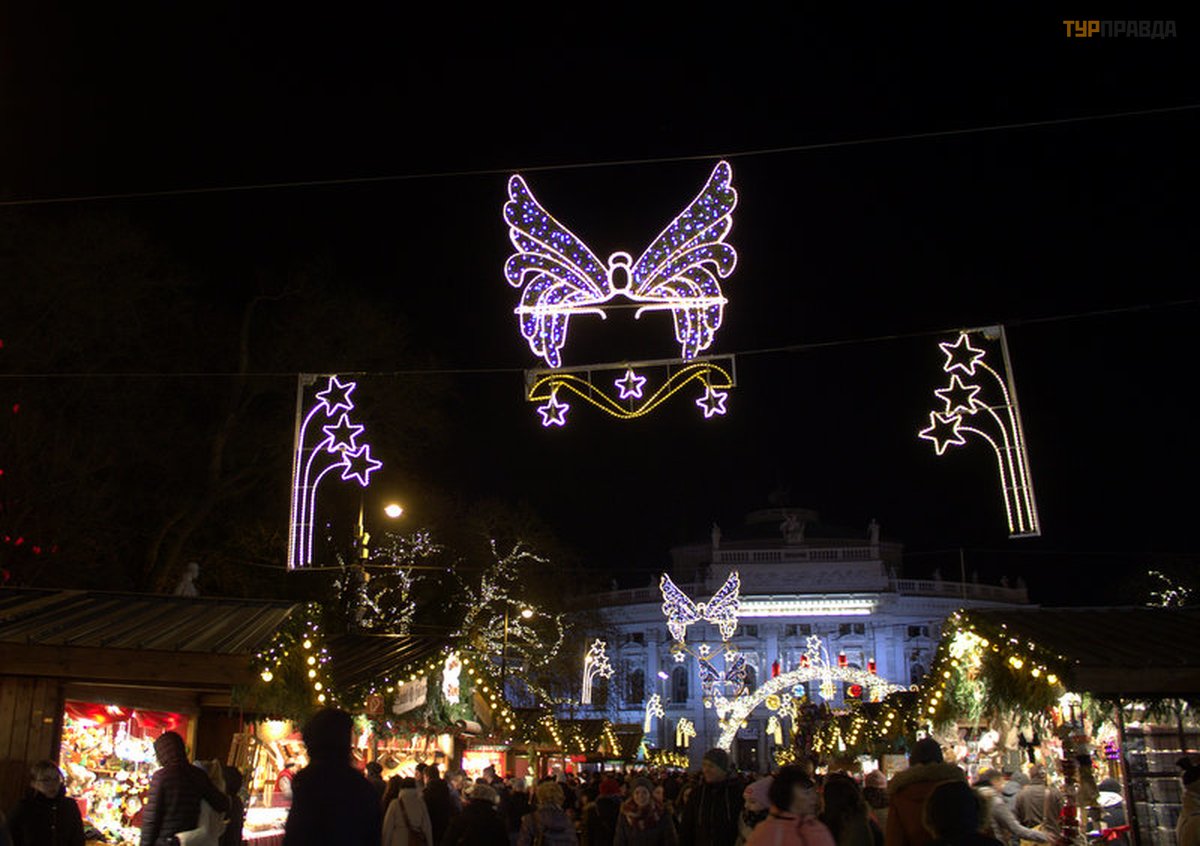


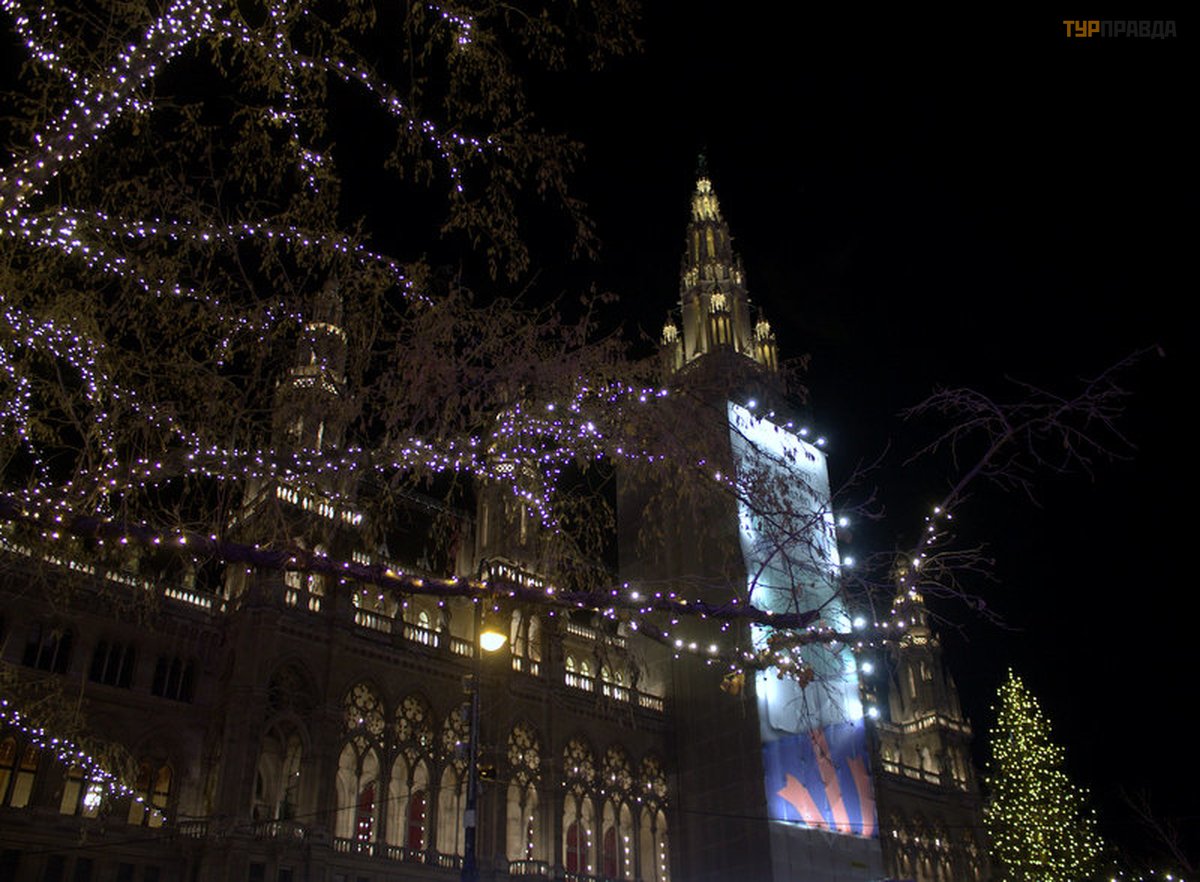
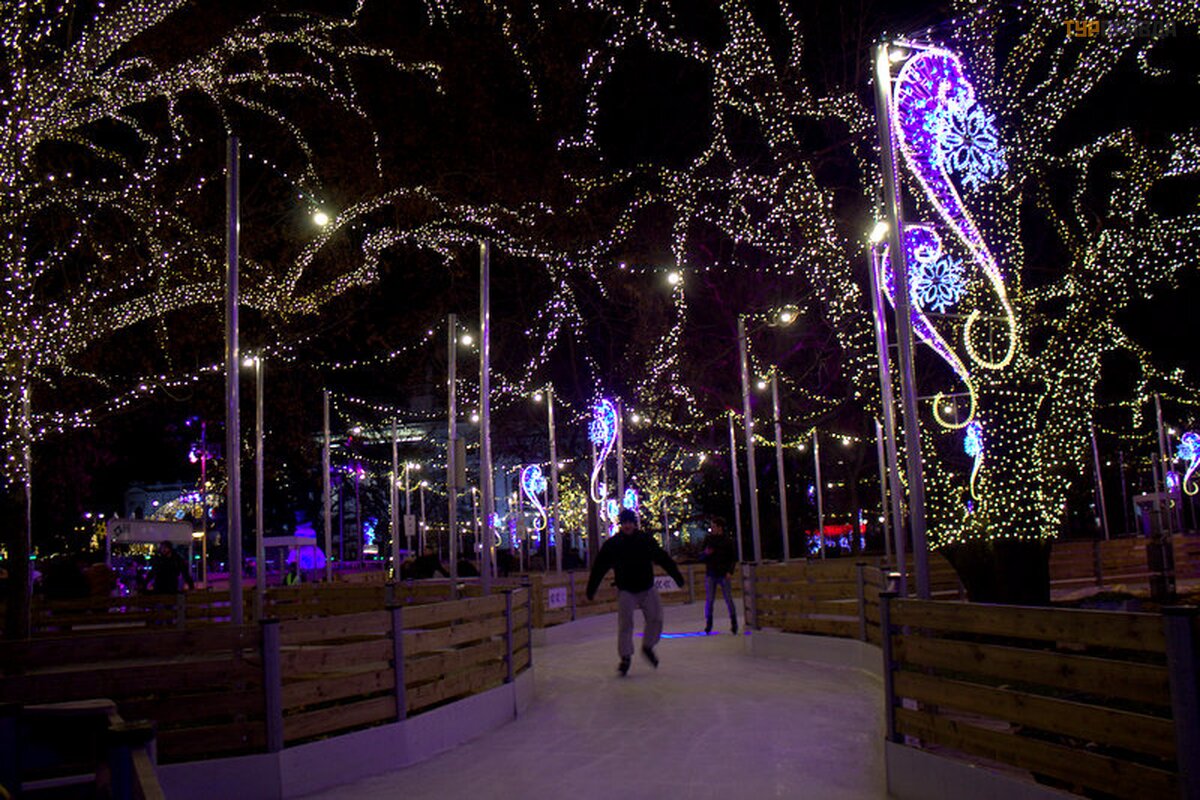





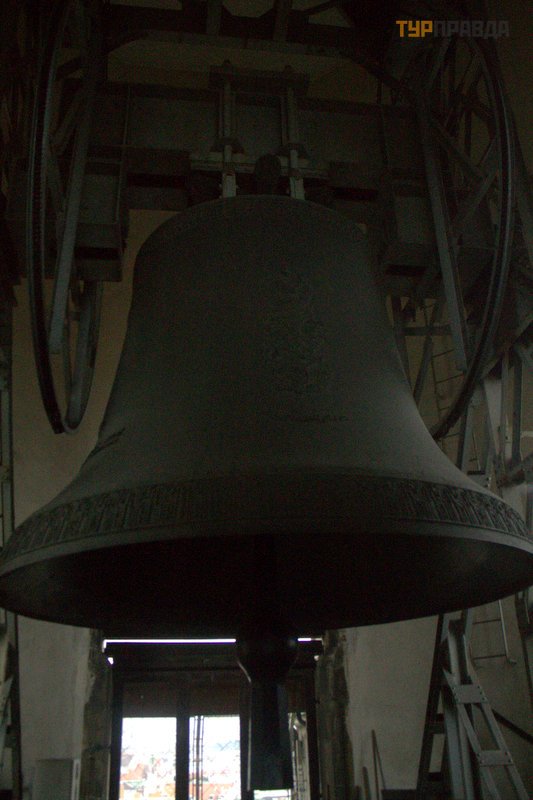


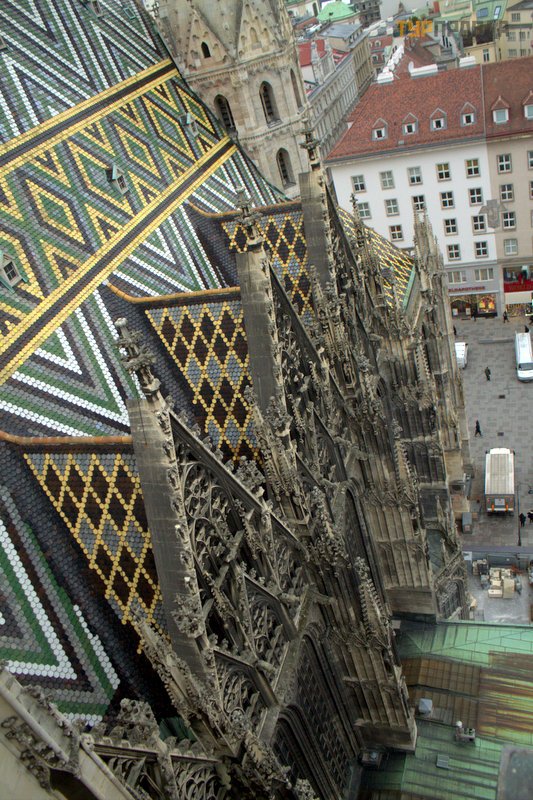



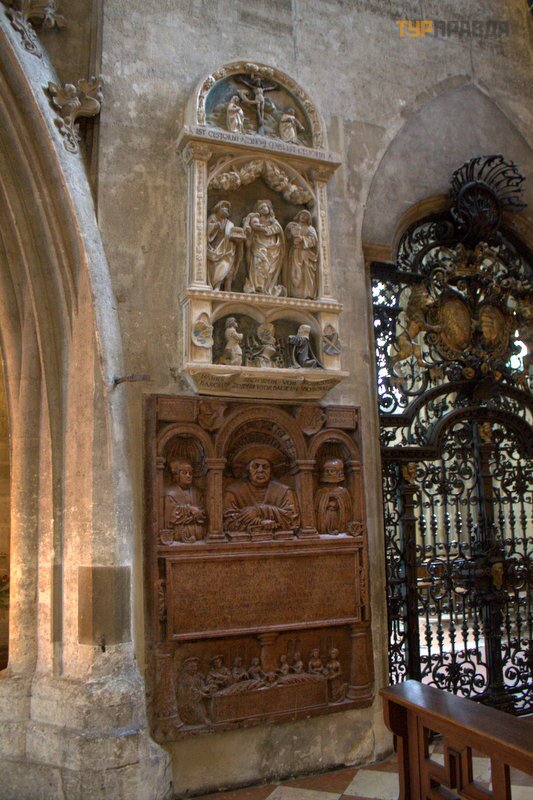


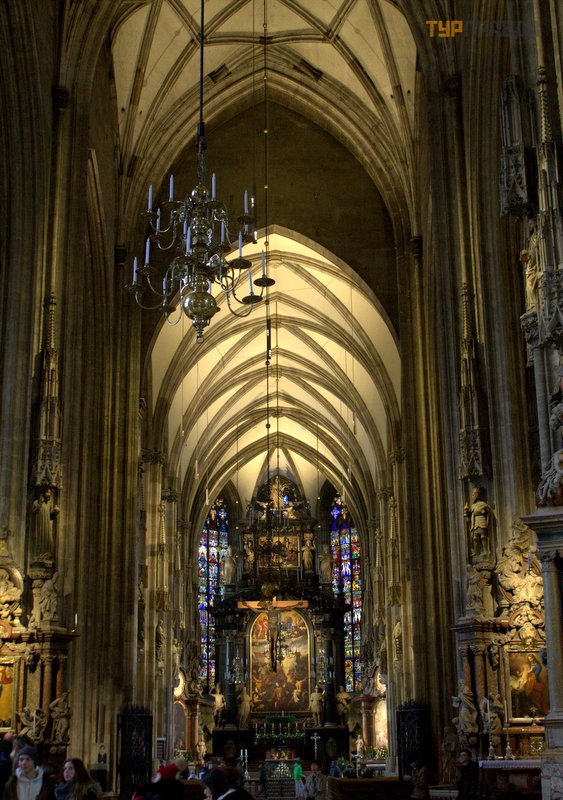































































































































Juliiii, I hope that you will find yourself in the Viennese Christmas fairy tale more than once! Although I am ready to visit Vienna at any time of the year! :)))))))
Juliiii, надеюсь, что Вы еще не раз попадете в венскую рождественскую сказку! Хотя я готова бывать в Вене в любое время года! :))))))
So I have read stories about your journey. Thank you very much for the detailed story. Now it is not known when to happen somewhere to go, but I want to travel and it's great that there are so many stories where you can read, watch and walk along with the storyteller.
Вот и я дочитала рассказы о Вашем путешествии. Спасибо большое за подробный рассказ. Сейчас неизвестно когда случиться куда- то поехать, а попутешествовать хочется и здорово что так много рассказов, где можно почитать посмотреть и походить вместе с рассказчиком.
So I have read stories about your journey. Thank you very much for the detailed story. Now it is not known when to happen somewhere to go, but I want to travel and it's great that there are so many stories where you can read, watch and walk along with the storyteller.
Вот и я дочитала рассказы о Вашем путешествии. Спасибо большое за подробный рассказ. Сейчас неизвестно когда случиться куда- то поехать, а попутешествовать хочется и здорово что так много рассказов, где можно почитать посмотреть и походить вместе с рассказчиком.
c.conka2014, I hope that we will all overcome these difficult times with dignity and be able to return to our favorite pastime - traveling! :)
And today, indeed, the only salvation is to remember your previous voyages and read about the travels of others! So, you look, and the quarantine will pass quickly!
And thank you very much for reading! :)))
c.conka2014, надеюсь, что все мы достойно преодолеем нынешние тяжелые времена и сможем вернуться к любимому занятию - путешествиям! :)
А сегодня, действительно, единственное спасение - повспоминать свои предыдущие вояжи и почитать о путешествиях других! Так, глядишь, и карантин быстрей пройдет!
И спасибо большое, что читаете! :)))
c.conka2014, I hope that all of us will adequately overcome the current difficult times and be able to return to our favorite pastime - traveling! :)
And today, indeed, the only salvation is to remember your previous voyages and read about the travels of others! So, you look, and the quarantine will pass quickly!
And thank you very much for reading! :)))
c.conka2014, надеюсь, что все мы достойно преодолеем нынешние тяжелые времена и сможем вернуться к любимому занятию - путешествиям! :)
А сегодня, действительно, единственное спасение - повспоминать свои предыдущие вояжи и почитать о путешествиях других! Так, глядишь, и карантин быстрей пройдет!
И спасибо большое, что читаете! :)))